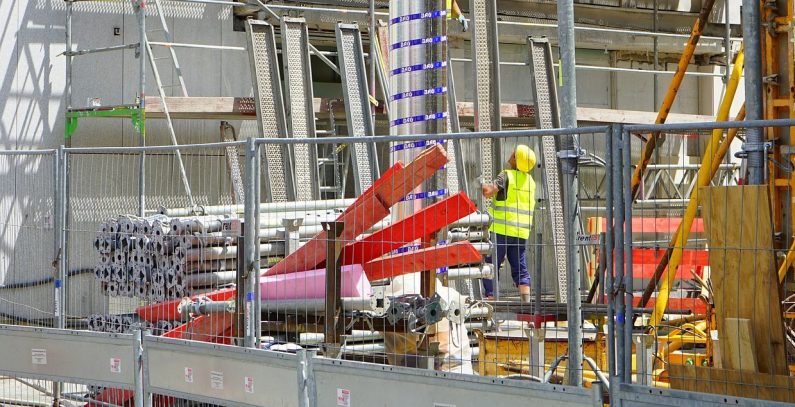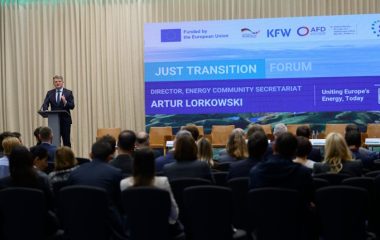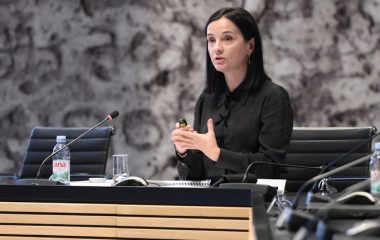
Photo: Hans Braxmeier from Pixabay
The Šabac district heating operator, Toplana-Šabac, has invited bids to execute works on energy efficiency measures including heat insulation, thermostatic valves, and heat allocators. The works on the thermo-insulation of 40 multi-storey residential buildings in Šabac in western Serbia will be financed with a EUR 2.5 million loan from the European Bank for Reconstruction and Development (EBRD).
The project to rehabilitate the Šabac district heating network, including heat insulation, thermostatic valves and heat allocators, is open to firms from any country, according to the EBRD Client E-Procurement Portal (ECEPP).
The deadline to file bids is September 10. The contract is expected to start on October 31, 2019 and last about 12 months.
Toplana-Šabac will act as an energy service company (ESCO) that will take out the loan for its residential users in order to upgrade buildings, with repayment over 12 years to be financed through energy savings, the City of Šabac said earlier.
The deadline to file bids is September 10
According to Slobodan Jerotić, general manager of the Šabac district heating operator, citizens will see significant savings thanks to the insulation of residential buildings and the installation of modern devices that can regulate heat and calculate consumption and heating costs, which will enable them to get a return on the investment to be carried out by Toplana-Šabac.
The district heating operator has prepared different contract models to enable residents to choose one of the repayment schedules offered.
The residential sector is one of the biggest consumers of energy in Serbia, where the average energy consumption is up to three times higher than in developed European countries. Old building stock constructed between the 1950s and 1980s with insufficient or no thermal insulation generates high energy losses, the EBRD said earlier.
Estimates show that energy efficiency could be improved by up to 70%, the EBRD said.









Be the first one to comment on this article.